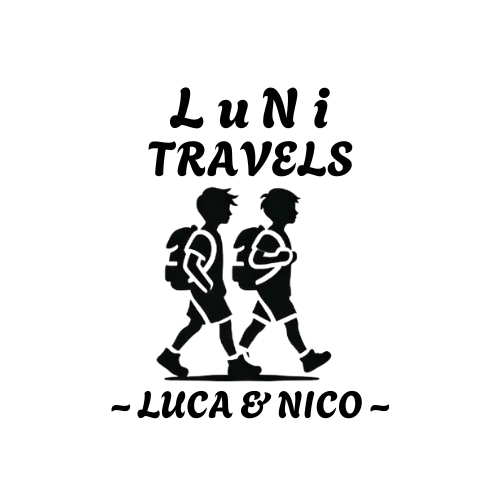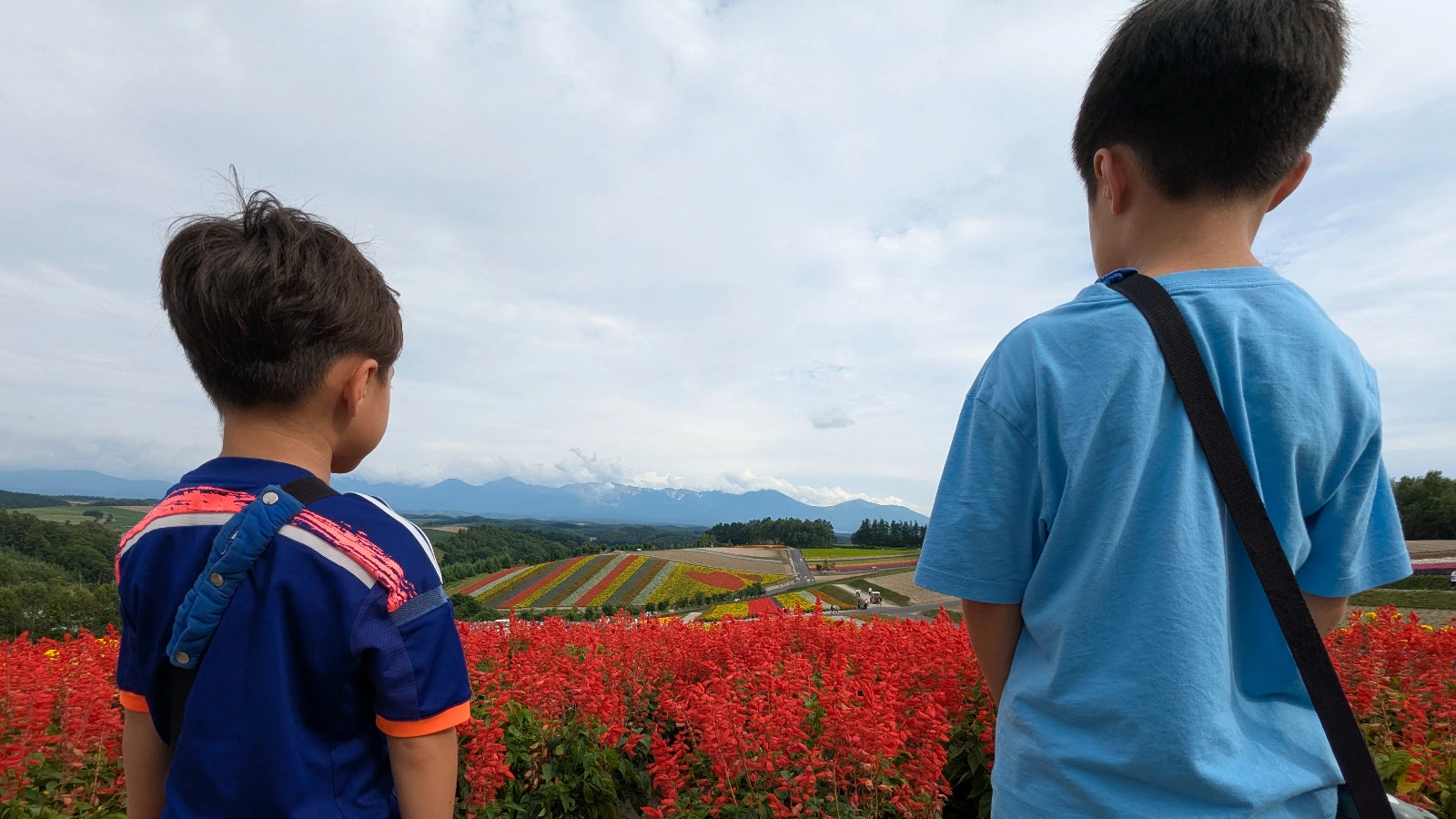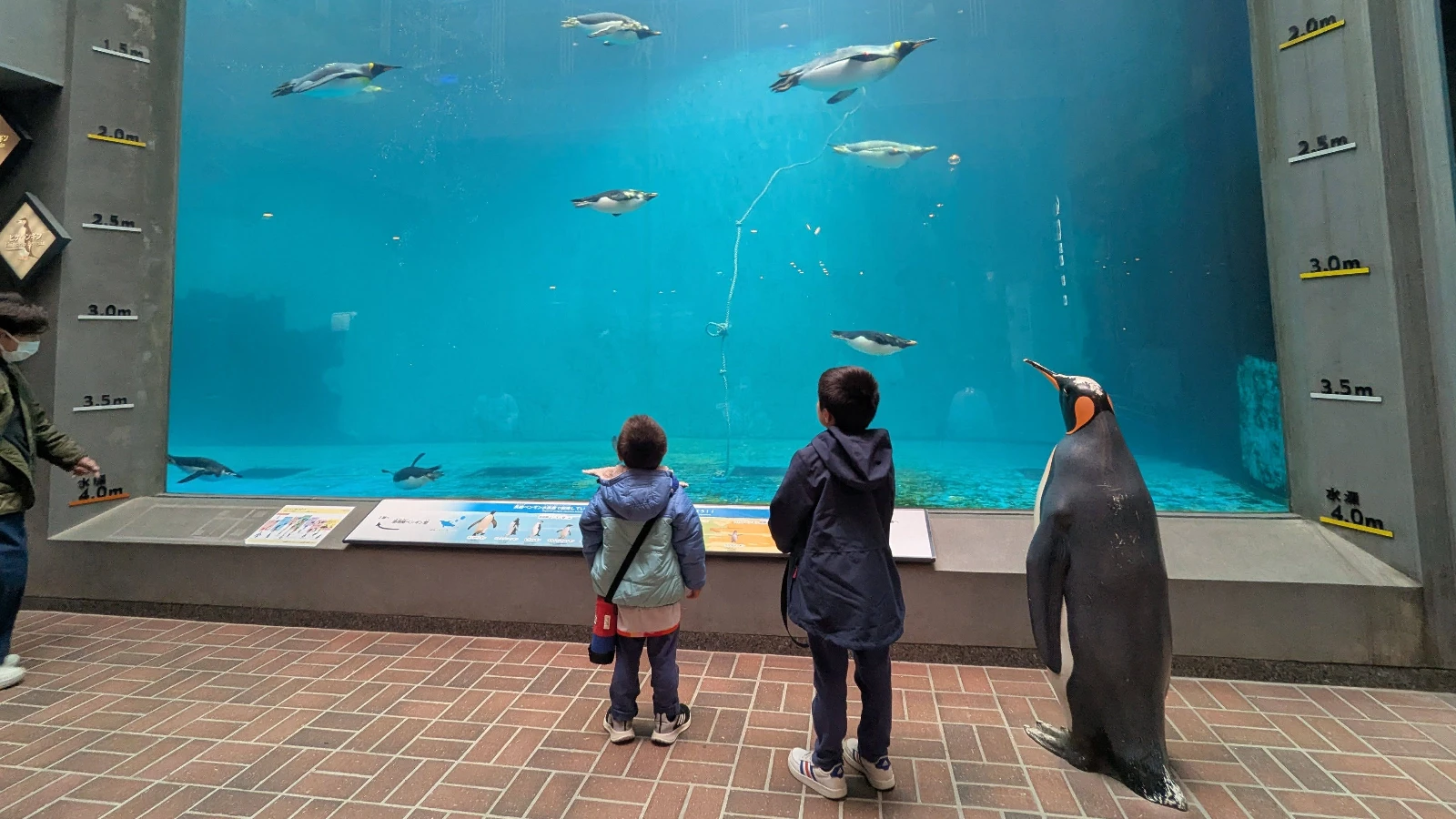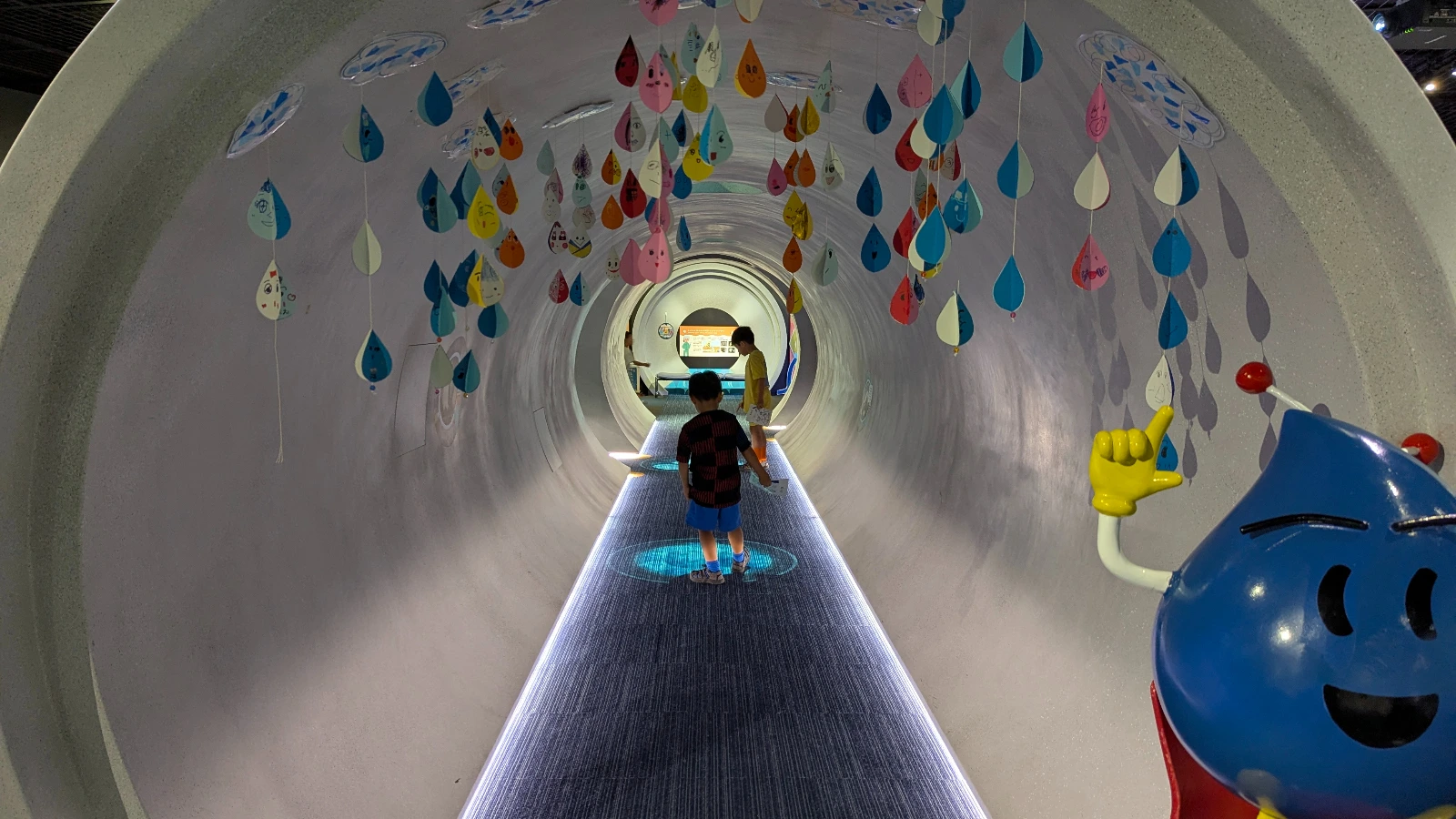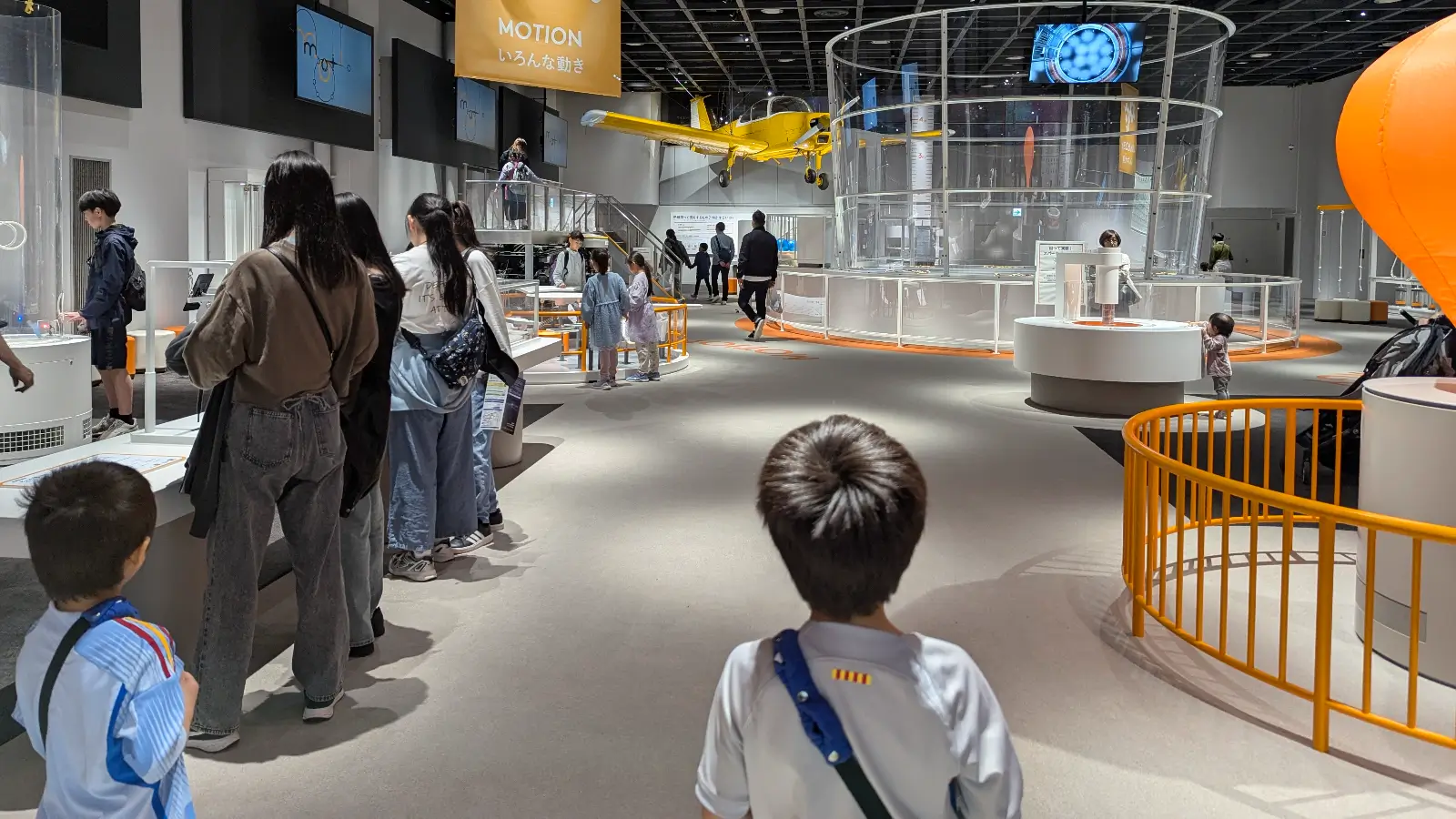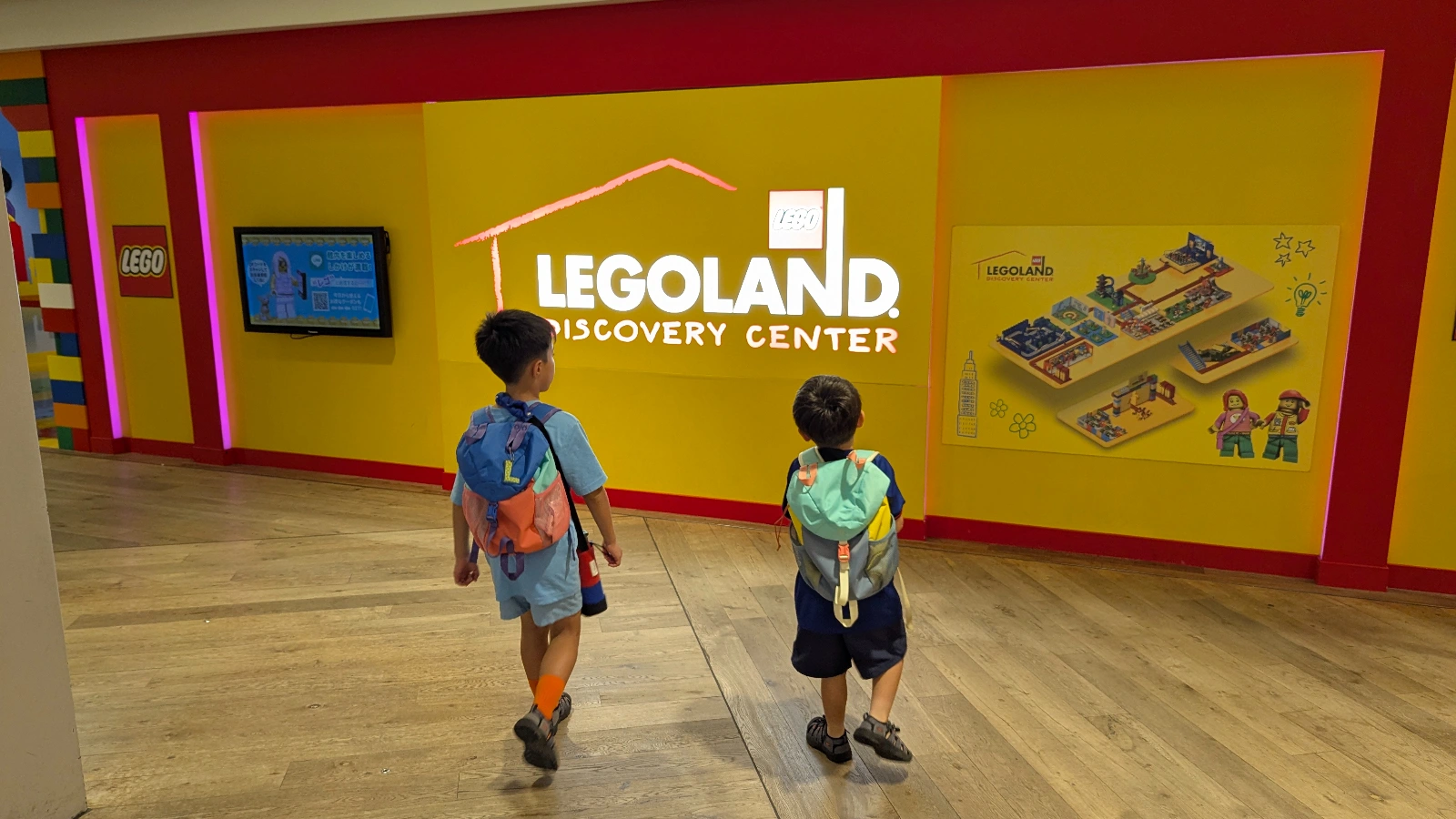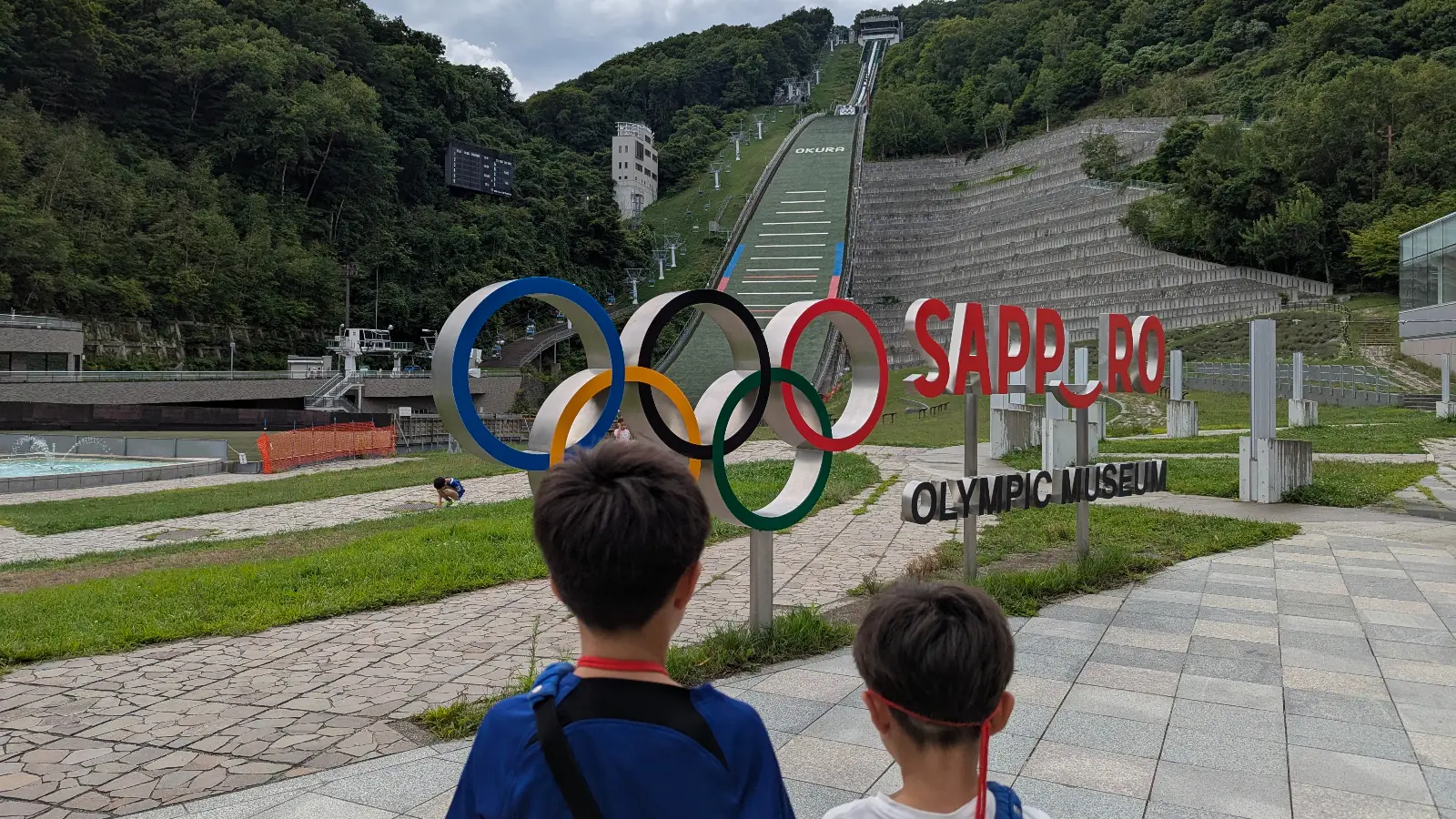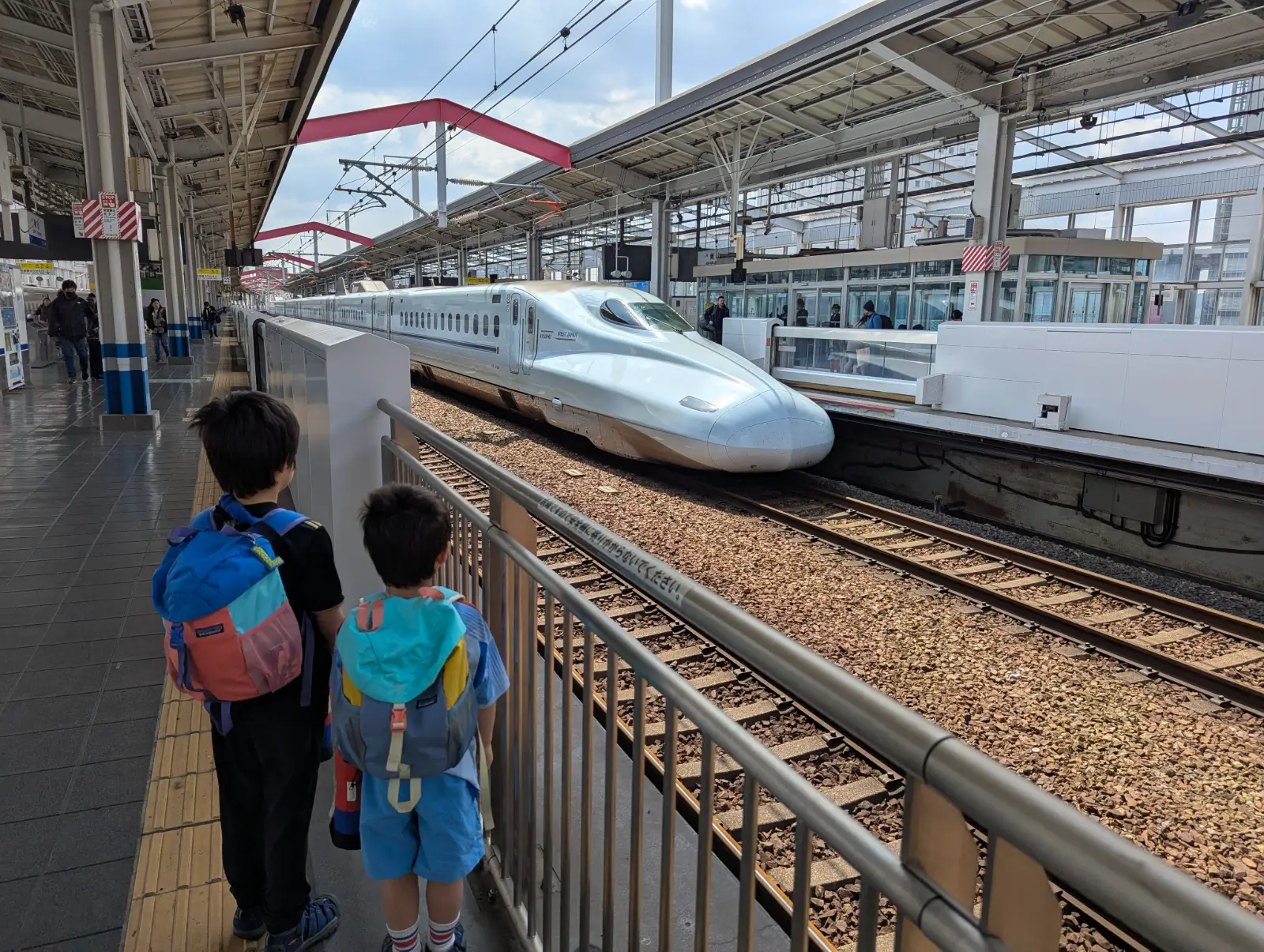
Riding a Shinkansen in Japan isn’t just a way to get from one city to another, for many kids, it’s the adventure itself. From the sleek nose of the train to the moment it glides silently into the station, this iconic bullet train experience turns ordinary transit into something unforgettable. But if you’re planning family travel across Japan, you might be wondering how to actually book Shinkansen tickets, what the Japan Rail Pass covers with children, and whether it’s better to use a pass or pay for regular bullet train tickets. This guide answers everything you need to know about riding the Shinkansen with kids, helping you turn high-speed journeys into stress-free, memory-making moments.
For year-round planning, explore our Japan Seasonal Guides for Families, including detailed resources for spring, summer, autumn, winter, and our full Best Time to Visit Japan with Kids guide.
Disclaimer: This post contains affiliate links. If you click to purchase, it’s at no extra cost to you… when you book through our links, you help support LuNi Travels and the family guides we create!
Why Book Ahead? It’s quicker, avoids long lines, helps skip language barriers, prevents sold-out attractions, and solves payment issues at places that don’t accept credit cards. *Prices are subject to change.
Quick Tips for Riding the Shinkansen in Japan with Kids
- Reserve your seats: sitting together makes the ride smoother and avoids stress when trains are full.
- Choose seats D and E on trains between Tokyo & Osaka/Kyoto for the best chance to spot Mt. Fuji through the window.
- Avoid peak hours (7–9 AM & 5–7 PM) when trains are busiest and quieter seating is harder to find.
- Reserve space for large luggage over 160 cm in size, or use luggage delivery to travel hands-free.
- Pick up an ekiben (station bento box) before boarding, eating on the Shinkansen is part of the experience!
What Is the Shinkansen (and Why It’s Great for Families)?
The Shinkansen is Japan’s high-speed rail network, famous for its punctuality, cleanliness, and comfort. Unlike local trains, these sleek trains connect major cities across the country at top speeds of up to 320 km/h. For families, the Shinkansen means skipping domestic flights, avoiding long car rides, and enjoying smooth, scenic travel with room to stretch out.
Kids love the tray tables, giant windows, and onboard snacks. Grown-ups love the predictable schedule, clean restrooms (often with changing tables), and hassle-free stations. It’s the kind of public transport that actually feels like part of the vacation.
Shinkansen Ticket Rules for Children and Families in Japan
Japan has very clear age rules for train tickets:
- Children under 6 ride free without a seat as long as they sit on a parent’s lap (1 child per adult). If you want your toddler to have their own seat, you must pay the child fare.
- Children ages 6 to 11 pay about half the adult fare, and always need a ticket.
- Children 12 and up pay the full adult fare.
Luca & Nico’s Tip: Even if your toddler could ride free, booking a reserved seat means more space, easier naps, and no lap fights over snacks.
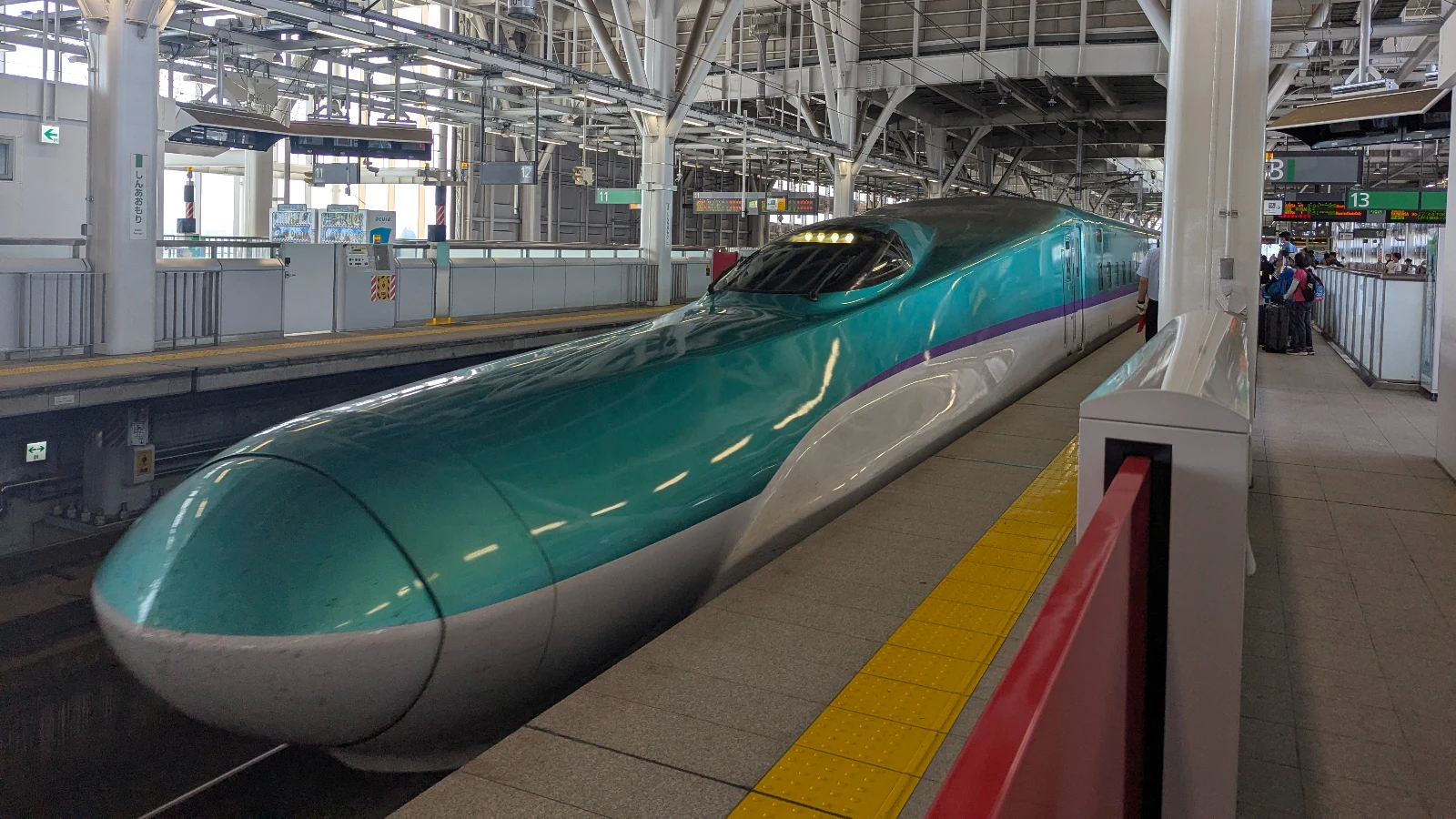
Best Shinkansen Seat Types and Family Seating Options
Every Shinkansen train has two main seat classes, Ordinary Cars and Green Cars, but what really matters for families is how the seats are arranged and how easily everyone can sit together. Here’s what to expect before you board.
Shinkansen Seat Layout Explained
- Most Ordinary Cars have a 2+3 layout (two seats on one side, three on the other).
- Green Cars, Japan’s version of first class, feature a 2+2 layout with wider seats, more legroom, and quieter surroundings.
- Some premium trains, like the Gran Class on the Tohoku line, offer 2+1 luxury seating, but these are usually not necessary for families.
Luca & Nico’s Tip: Pick seats D and E when traveling between Tokyo and Kyoto/Osaka, that’s the side with a chance to spot Mt. Fuji!
Best Family Seating Options on the Shinkansen
- Facing Seats: Some Shinkansen allow the row of seats to rotate so families can face each other, perfect for games, snacks, or just more eye contact during long rides. Ask staff at the ticket counter to set this up when reserving.
- Group or Compartment Seats: On select routes (not typical), families can book private compartments with sliding doors and extra floor space, ideal for toddlers or long-distance journeys (additional routes coming in 2027).
- Seats Near Facilities: Families often request seats close to restrooms, vending machines, or luggage areas. These spots are especially useful for quick diaper changes or snack refills.
- End-of-Car Rows: These have slightly more space for strollers or large bags, and they’re closest to the oversized luggage storage area.
Choosing the Right Car for Your Family
- Ordinary Car Reserved Seats: The best balance of comfort and cost for most families.
- Green Car: Worth it during peak travel or for long rides, quieter, cleaner, and slightly more space for little ones.
- Non-Reserved Cars: Usually not ideal with kids, since seating together isn’t guaranteed and crowds can be stressful.
Shinkansen Seat Class Comparison for Families
|
Seat Type |
Layout |
Best For |
Family Benefits |
Cost Level |
|---|---|---|---|---|
|
Ordinary Car (Reserved) |
2 + 3 seats |
Most families |
Guaranteed seats together, affordable, access to restrooms |
¥¥ |
|
Green Car (First Class) |
2 + 2 seats |
Longer rides or peak travel |
Extra legroom, quieter car, wider aisles for strollers |
¥¥¥ |
|
Non-Reserved Car |
2 + 3 seats |
Short trips, off-peak times |
Cheapest option, but seating together not guaranteed |
¥ |
|
Private Compartment |
Varies by train |
Families with toddlers or luggage |
Sliding door privacy, floor space for play, ideal for naps (planned for 2027) |
¥¥¥ |
|
Gran Class (Luxury) |
2 + 1 seats |
Parents seeking full comfort |
Lounge-style seats, complimentary drinks, quiet atmosphere |
¥¥¥¥ |
- Ordinary Car (Reserved)
- Layout: 2 + 3 seats
- Best for: Most families
- Why it works: Guaranteed seats together, affordable, close to restrooms
- Cost: ¥¥
- Green Car (First Class)
- Layout: 2 + 2 seats
- Best for: Longer rides or peak travel seasons
- Why it works: Extra legroom, quieter cars, wider aisles for strollers
- Cost: ¥¥¥
- Non-Reserved Car
- Layout: 2 + 3 seats
- Best for: Short trips or off-peak times
- Why it works: Cheapest option, but families may not sit together
- Cost: ¥
- Private Compartment
- Layout: Varies by train
- Best for: Families with toddlers or extra luggage
- Why it works: Sliding-door privacy, space to stretch or nap (planned for 2027)
- Cost: ¥¥¥
- Gran Class (Luxury)
- Layout: 2 + 1 seats
- Best for: Parents wanting maximum comfort
- Why it works: Lounge-style seats, complimentary drinks, calm atmosphere
- Cost: ¥¥¥¥
How to Book Shinkansen Tickets for Families with Kids
You can book Shinkansen tickets in several family-friendly ways:
- Online: This allows English-language booking in advance, with the option to reserve specific seats.
- At ticket machines, which have English options and accept credit cards.
- At JR Ticket Counters (Midori-no-Madoguchi) located at major stations. Staff can help you get seats together and offer route advice.
- On mobile apps like the EX App or Klook.
When booking, choose reserved seats to ensure you sit together and avoid standing. You can also select seats near restrooms or luggage areas, ideal for families.
New to train travel in Japan? This Shinkansen booking guide is just one part of our travel series. Learn how to navigate Japan’s entire rail network with our Family Guide to Exploring Japan by Train, then check out our Family Trip Planning Guide for what to pack, and how to plan that magical trip to Japan.
Best Shinkansen Routes in Japan for Families (Travel Times & Typical Costs)
Japan’s Shinkansen network connects most of the country, making it easy for families to explore multiple regions in comfort. Here are some of the most popular and scenic routes for families, with estimated travel times so you can plan your adventures with ease.
Typical Shinkansen Ticket Prices for Families
Prices vary depending on the train type (Nozomi, Hikari, Kodama) and seat class, but here’s a quick idea: adult fares average between ¥13,000–¥15,000 for popular routes like Tokyo–Kyoto, with children aged 6–11 paying half and kids under 6 riding free if they don’t need their own seat. Japan Rail Pass holders can ride most Shinkansen lines without extra cost (except Nozomi and Mizuho).
Most Popular Family-Friendly Shinkansen Routes in Japan
- Tokyo to Kyoto / Osaka (Tokaido Shinkansen Line)
Travel time: ~2 hr 30 min (Hikari)
This classic route is perfect for first-time visitors. It combines Japan’s modern capital with its cultural heart. Kids can spot Mt. Fuji from the right-hand side of the train about 40 minutes after leaving Tokyo. - Kyoto to Hiroshima (Sanyo Shinkansen Line)
Travel time: ~1 hr 40 min (Sakura)
A smooth ride that links two of Japan’s most historic cities. Hiroshima’s Peace Park and nearby Miyajima Island make this a meaningful and memorable family day trip. - Tokyo to Nagano (Hokuriku Shinkansen Line)
Travel time: ~1 hr 30 min (Kagayaki)
Known as the “Snow Monkey route,” this trip is ideal in winter. Families can enjoy mountain scenery, onsen towns, and easy access to Jigokudani Monkey Park or the Nagano Alps. - Osaka to Fukuoka (Hakata) (Sanyo Shinkansen Line)
Travel time: ~2 hr 30 min (Nozomi / Sakura)
Great for families exploring western Japan, this line passes through Okayama and Hiroshima before reaching Kyushu’s vibrant Fukuoka city. - Tokyo to Kanazawa (Hokuriku Shinkansen Line)
Travel time: ~2 hr 30 min (Kagayaki)
A scenic route to Japan’s “Little Kyoto,” known for samurai districts, gold-leaf ice cream, and interactive art museums like the 21st Century Museum of Contemporary Art. - Tokyo to Sendai (Tohoku Shinkansen Line)
Travel time: ~1 hr 30 min (Hayabusa)
Fast and convenient for exploring northern Japan, from Sendai’s coastal attractions to nearby hot spring villages and the famous Zao Fox Village.
Which Shinkansen Train Type Is Best With Kids?
Not all Shinkansen trains are created equal. Here’s what to know:
- Nozomi: Fastest, but not covered by JR Pass. Great for paid ticket holders who want the shortest ride.
- Hikari: Covered by JR Pass, only slightly slower than Nozomi. Perfect balance for families.
- Kodama: Slowest, stops at every station. Less crowded, might be better for families who don’t mind the scenic route.
Choose based on time, flexibility, and whether you’re using the JR Pass.
Want help choosing which cities to visit by bullet train? Compare Tokyo, Kyoto, and Osaka for families, and discover which one fits your family’s style best.
JR Pass vs Point-to-Point Tickets: What Should Families Choose?
The Japan Rail Pass is best for families planning long-distance, multi-city travel. It offers unlimited rides on JR trains (including most Shinkansen) over 7, 14, or 21 days. But there’s a catch: it doesn’t cover the fastest Nozomi or Mizuho trains.
If your trip includes routes like Tokyo to Kyoto, Osaka, Hiroshima, or Fukuoka, the JR Pass can save hundreds of dollars. However, if you’re only doing a roundtrip between Tokyo and Kyoto or staying in just one region, buying single point-to-point tickets is often cheaper and more flexible.
In short:
- For longer, multi-city travel: JR Pass is worth it
- For one or two bullet train rides: buy individual tickets
- If you want to ride Nozomi: buy individual tickets (JR Pass not valid)
Still deciding between a JR Pass and regional passes? Our complete guide to the Japan Rail Pass for Families breaks it down by cost, coverage, and kid-friendliness.
Luca & Nico’s Tip: Picking the right ticket isn’t just about saving yen. It’s about choosing the smoothest ride for your family’s rhythm, and avoiding ticket line chaos when kids are tired.
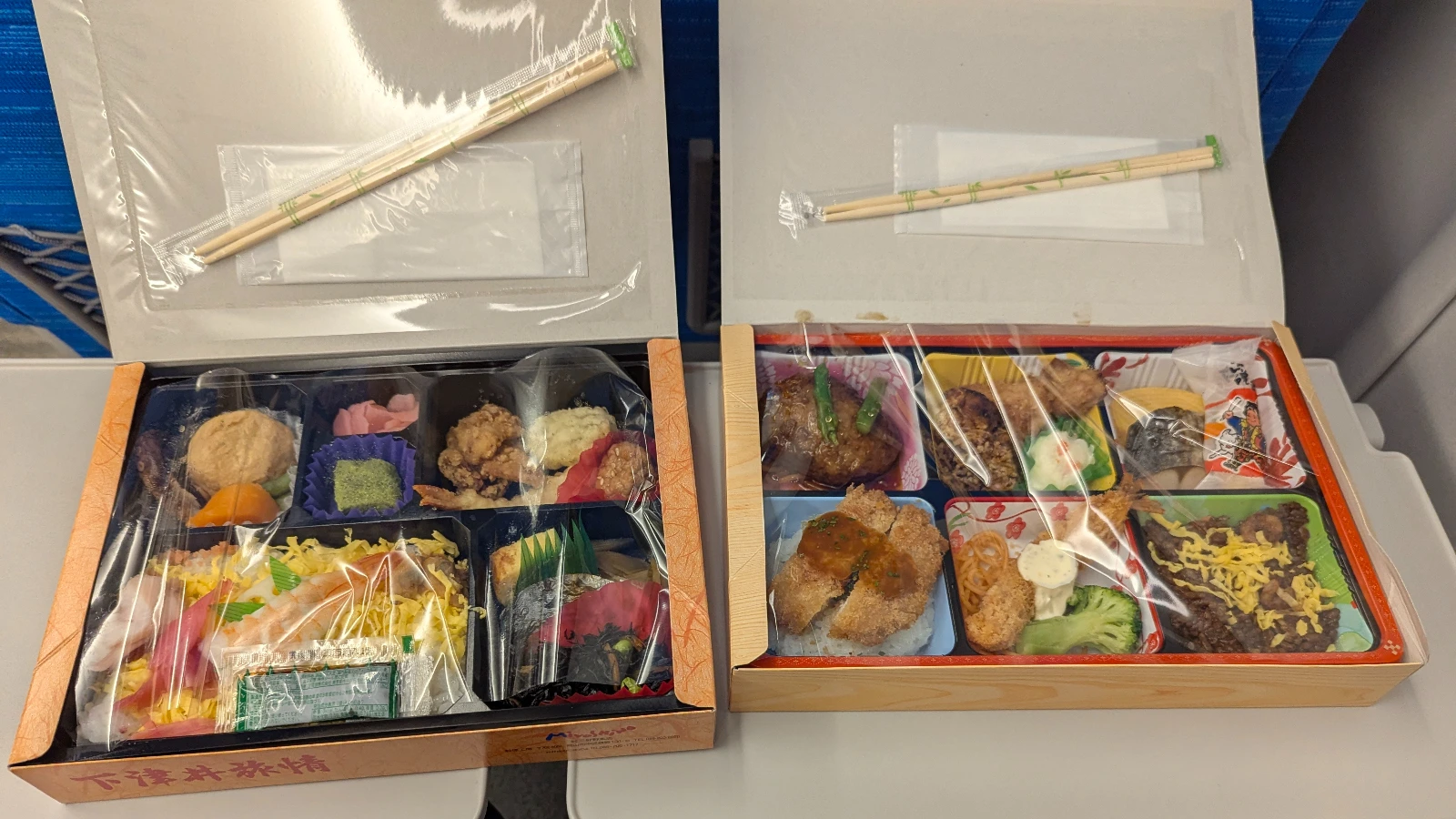
Shinkansen Etiquette and Train Manners for Families in Japan
Japan’s trains are famous for their calm atmosphere, and that includes the Shinkansen. For families, understanding a few simple etiquette rules can make the ride smoother, and help kids experience one of Japan’s most respectful cultural habits firsthand.
Can You Talk on the Shinkansen?
Shinkansen cars are considered quiet zones. It’s perfectly fine for kids to talk or giggle, but encourage “indoor train voices.”
How to Be a Good Neighbor on the Train
- Avoid reclining during meal times or when someone’s tray is open behind you.
- Store large bags behind the last row or above your seat, not in the aisle.
- Keep legs, toys, and elbows out of walkways so staff and passengers can move easily.
Is Eating Allowed on the Shinkansen?
- Eating on the Shinkansen is allowed (and part of the fun). Bring snacks or buy ekiben before boarding, but tidy up afterward.
- Use the plastic bag from your bento for trash and dispose of it in bins at your arrival station, there are no onboard trash cans in most cars.
Quiet Cars and Phone Etiquette on the Shinkansen
- Avoid speaker volume, game sounds, or loud videos, use headphones if devices are out.
- Calls are only allowed in vestibule areas between train cars, never from your seat.
Moving Between Cars Safely with Kids
- Walking between cars is safe, but always accompany children. Automatic doors can be heavy, and the cars shift slightly when trains slow or turn.
- If your child needs to stretch, a quick stroll to the vending machine area works wonders.
Best Time to Ride the Shinkansen in Japan for Families
Timing your bullet train ride right can make the journey even more enjoyable. Whether you’re hoping to glimpse Mt. Fuji or just want a calmer cabin, here’s what to know before booking.
Morning Rides Offer the Best Views of Mt. Fuji
Early-morning trains are usually quieter and give the clearest chance to see Mt. Fuji between Tokyo and Kyoto or Osaka. Sit on the right-hand side when traveling westbound for the best view of Japan’s iconic mountain. Families who board around 9 AM often enjoy smoother boarding and fewer crowds.
Avoid Shinkansen Rush Hours for a Calmer Ride
Rush hours on the Shinkansen are typically 7:00 – 9:00 AM and 5:00 – 7:00 PM, especially between Tokyo, Yokohama, and Osaka. If traveling with strollers or luggage, plan around these windows for a more relaxed experience.
Best Seasons and Holidays for Shinkansen Travel
Japan’s travel peaks, Golden Week (late April–early May), Obon (mid-August), and New Year, fill trains fast. Reserve early during these holidays to ensure seats together. Spring and autumn are ideal seasons for families, offering comfortable temperatures, lighter crowds, and scenic landscapes outside the window.
Luca & Nico’s Tip: Ride a late-morning train after rush hour and pack snacks for a “moving picnic.” The scenery and speed make it one of the easiest, most peaceful family travel moments in Japan.
Best Time and Side to See Mt. Fuji from the Shinkansen
For many families, spotting Mt. Fuji from the Shinkansen is one of the most magical moments of the journey. Whether it’s a clear morning or a shy peak hiding behind clouds, the sight of Japan’s most famous mountain never fails to amaze kids and parents alike.
Best Side of the Shinkansen to See Mt. Fuji
- From Tokyo to Osaka/Kyoto: Sit on the right-hand side (seats D and E).
- From Osaka/Kyoto to Tokyo: Sit on the left-hand side (also D and E).
When to See Mt. Fuji from Each Shinkansen Train Type from Tokyo
- From Tokyo to Osaka/Kyoto, look right:
- Nozomi: Around 40–45 minutes after leaving Tokyo Station.
- Hikari: Roughly the same timing, about 40–45 minutes after Tokyo Station, since it skips many of the same stops.
- Kodama: This slower train stops at every station, so expect to glimpse Mt. Fuji after departing Atami Station, about 50 minutes from Tokyo.
Seeing Mt. Fuji When Traveling from Osaka/Kyoto to Tokyo
- From Osaka/Kyoto to Tokyo, look left:
- Nozomi: 95–105 minutes after leaving Shin-Osaka Station, after Nagoya.
- Hikari: 100–110 minutes after Shin-Osaka; you’ll start seeing Mt. Fuji around Shizuoka.
- Kodama: Watch for it after Shizuoka Station, roughly 135–150 minutes from Shin-Osaka.
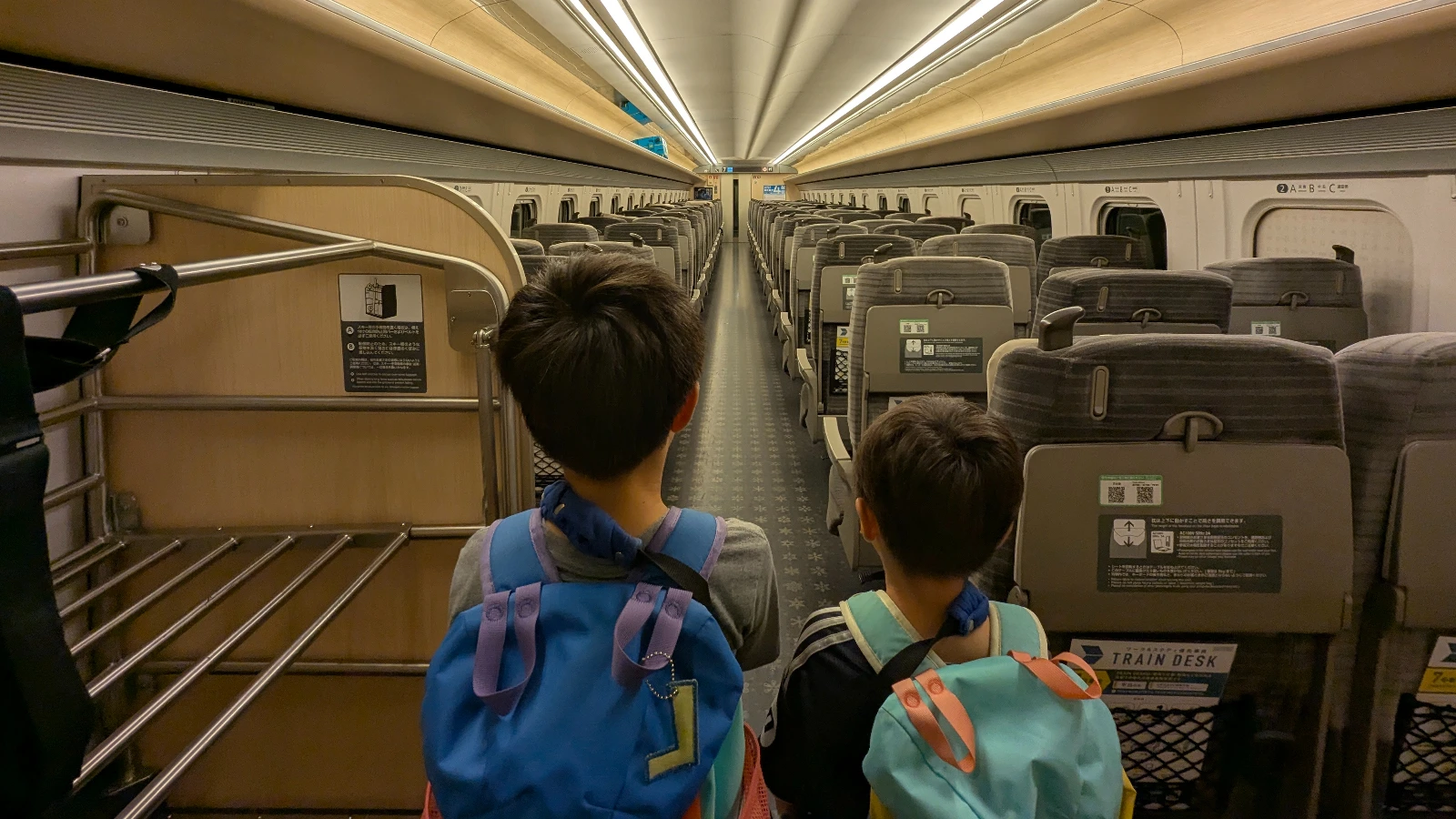
FAQs: How to Book and Ride the Shinkansen with Kids
Planning to ride the Shinkansen with kids in Japan? These family-focused FAQs cover how to book tickets, travel tips, seating, and stroller advice.
A: Yes, children under 6 ride free on the Shinkansen if they don’t occupy a separate seat. They must sit on an adult’s lap, with only one lap child per adult allowed. If you want a guaranteed seat, purchase a child fare. Ages 6–11 pay half fare, and 12+ pay the full adult price.
A: Families can book Shinkansen tickets online through SmartEX, Klook, or JR East Reservations, or at a JR ticket counter (Midori-no-Madoguchi). Multilingual ticket machines at major stations are also available. Choose reserved seats together, and request spots near restrooms or luggage space for convenience.
A: Yes, strollers are allowed on the Shinkansen. They must be folded before boarding and stored behind the last row of seats or in the luggage area. Families should reserve seats near the rear of the car, where extra space is available for strollers and bags.
A: Yes, many Shinkansen have food carts selling snacks, drinks, and bento boxes, especially on longer routes. Availability varies by train type, so most families buy ekiben (station bento boxes) before boarding. Eating on the Shinkansen is common and part of the experience.
A: The best Shinkansen for families with a JR Pass are the Hikari (Tokaido line) and Sakura (Sanyo/Kyushu line). Both are fast, comfortable, and fully covered by the pass. Avoid Nozomi and Mizuho trains, as they are not included.
A: Green Car seats offer extra space and a quieter ride, but Ordinary Car reserved seats are usually sufficient and more affordable. Families may find Green Cars worthwhile for long trips or peak seasons when extra room and calm are helpful.
A: Yes, most Shinkansen trains offer free Wi-Fi (Shinkansen Free Wi-Fi) on lines like the Tokaido and Sanyo. It works well for browsing or messaging, but speeds can be slow for streaming. Families should download movies or games in advance for a smoother ride.
A: To see Mt. Fuji from the Shinkansen, book a window seat on the right side (seat D or E) when traveling between Tokyo and Kyoto or Osaka. If traveling the opposite way, choose the left side, but the same seats (D or E). When booking, ask for Mt. Fuji view seats to improve your chances on a clear day.
A: Each passenger may bring two pieces of luggage up to 30 kg each, with a combined size of 250 cm or less. Bags over 160 cm are considered oversized and require a reservation for the luggage area behind the last row of seats. This space is also ideal for strollers and large suitcases.
A: Yes, many Shinkansen trains have a multi-purpose or baby care room for nursing, diaper changes, or calming a child. These are usually located near the end cars. Ask a train conductor for directions, as availability varies by train type and route.
A: Families should book Shinkansen tickets 2–4 weeks ahead during busy travel periods such as Golden Week, summer holidays, or New Year. At other times, booking a few days in advance is usually enough to secure seats together.
A: Yes, families can easily sit together on the Shinkansen by reserving seats. At ticket counters or online, request side-by-side seating or a 2+2 layout (two seats across the aisle), which works perfectly for families traveling with children.
A: Yes, some Shinkansen offer family or group seating. On certain routes, families can book private compartments or group areas with facing seats. These spaces give kids more room to relax and are ideal for long trips together. Availability depends on the line, so book early.
A: Yes. Some Shinkansen lines in Japan offer family-only cars designed for travelers with kids. These cars include stroller space, child-friendly seating, and nearby restrooms, creating a relaxed environment for families. Look for “Family Car” (ファミリー車両) when booking tickets.
A: JR Central and JR West run family-only cars on select Tokaido, Sanyo, and Kyushu Shinkansen routes. They’re usually offered during holiday periods and labeled as Family Car when you reserve online or at ticket machines.
A: The Shinkansen has family-friendly facilities, including clean restrooms with changing tables, multipurpose rooms for nursing or baby care, vending machines, and spacious luggage areas. Many stations also provide elevators and wide gates, making boarding with strollers or luggage easier.
Until Next Time…
Riding the Shinkansen with kids is more than just transit, it’s a highlight of your Japan journey. With smooth tracks, incredible speed, and windows that turn cities into scenery, the bullet train turns travel time into family time. Whether you’re chasing cherry blossoms or planning your next adventure, now you’re ready to ride like pros. All aboard!
Ready to ride? Don’t miss our Tokyo, Kyoto, and Osaka 3-Day Itineraries, each packed with family-friendly activities, bullet train tips, and time-saving local insights.
Stay curious, stay adventurous, and keep dreaming!
~ The LuNi Travels Family ~
